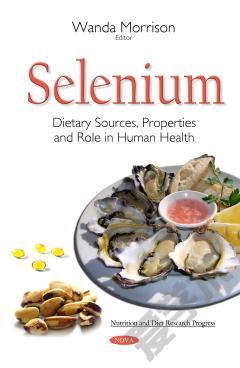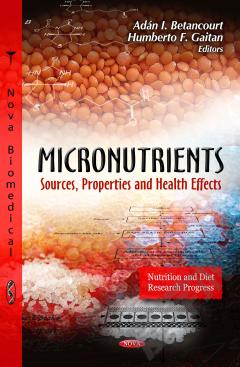Dietary Fiber: Sources, Properties and their Relationship to Health
Dietary fiber is a broad term that includes non-digestible complex carbohydrates, such as cellulose, hemicellulose, mucilage and colloids, like pectin, carrageenan and arabic, xanthan or guar gum. Dietary fiber is a plant basic structural factor and exists in water-soluble and non-soluble form. Soluble fiber is found in certain fruits and vegetables such as oranges, apples, bananas, broccoli and carrots. It also exists in large amounts in legumes such as peas, soybeans, lentils and beans. Secondary sources include oat bran, soybeans, nuts and seeds. Sources of insoluble fiber are whole grain foods, wheat bran, nuts and seeds. Vegetables, such as green beans, leek, cabbage, cauliflower, broccoli, radish and carrot are high-fiber foods. Purported benefits of fiber include gastro-intestinal health, cardiovascular health, weight management, satiety, glycemic control and prebiotics. Recommended intakes, 20-35 g/day for healthy adults and children over age 5, are not being met, because intake of good sources of dietary fiber, fruits, vegetables, whole and high-fiber grain products, and legumes are low. The importance of food fibers has led to the development of a large and potential market for fiber-rich products and ingredients and nowadays there is a trend to find new sources of dietary fiber. In recent years, dietary fiber has received increasing attention from researchers and industry due to the likely beneficial effects on the reduction of cardiovascular and diverticulitis diseases, blood cholesterol, diabetes, and colon cancer. The contributors to this volume provide an assessment of not only the impact of the biological and functional potential of different dietary fiber sources but also their health implications.
{{comment.content}}








 京公网安备 11010802027623号
京公网安备 11010802027623号